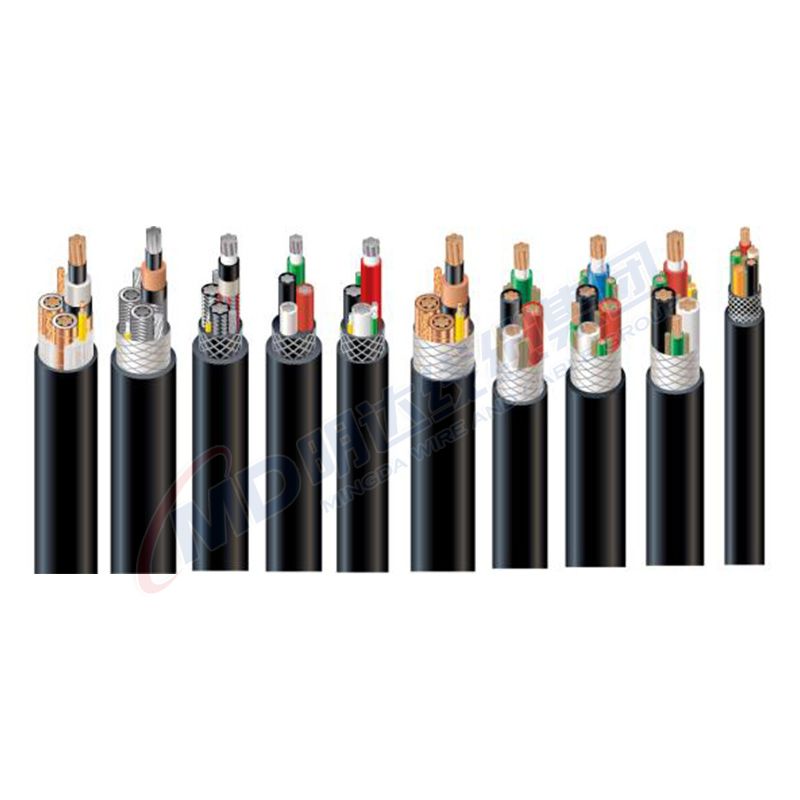10 月 . 12, 2024 12:04 Back to list
non rising stem gate valve
The Non-Rising Stem Gate Valve An Overview
In modern industrial applications, proper fluid control is essential for maintaining operational efficiency and safety. Among the various types of valves used in piping systems, the non-rising stem gate valve plays a pivotal role, particularly in situations where vertical space is limited. This article explores the characteristics, advantages, and applications of non-rising stem gate valves.
What is a Non-Rising Stem Gate Valve?
A non-rising stem gate valve is a type of valve that allows for on-off flow control in pipelines. Unlike traditional rising stem gate valves, where the stem and disc assembly moves upwards as the valve opens, a non-rising stem design keeps the stem stationary. Instead, the gate moves linearly within the valve body, operated by a threaded screw mechanism. This design ensures that the overall height of the valve doesn't increase when in operation, making it ideal for applications with restricted vertical space.
Construction and Operation
The construction of a non-rising stem gate valve consists of several key components the valve body, gate, stem, and bonnet. The valve body houses the internal components and features inlet and outlet flanges for connection to the piping system. The gate, typically made of materials like cast iron or stainless steel, slides vertically within the valve body to control fluid flow. The stem, which does not rise, controls the movement of the gate and is often equipped with a handle or actuator for manual or automated operation.
When the valve is closed, the gate completely blocks the flow, creating a tight seal. Conversely, as the valve opens, the gate retracts into the body, allowing fluid to pass through. This simple mechanism facilitates rapid opening and closing, making non-rising stem gate valves efficient choices for many applications.
non rising stem gate valve

Advantages of Non-Rising Stem Gate Valves
One of the primary advantages of non-rising stem gate valves is their compact design. Companies can install these valves in spaces where headroom is limited, such as underground piping systems or confined workspaces. Additionally, the design reduces the risk of damage since the stem is not exposed to external elements, which can be particularly beneficial in harsh environments.
Furthermore, these valves provide a reliable seal when fully closed, minimizing the risk of leakage, which is crucial for maintaining system integrity. Their simple design also generally results in lower manufacturing costs, making them an economically attractive option for various projects.
Applications
Non-rising stem gate valves are widely used across multiple industries, including water supply, sewage treatment, oil and gas, and chemical manufacturing. In water supply systems, they regulate flow to ensure appropriate pressure levels are maintained. In sewage treatment plants, these valves help manage wastewater flow, providing essential control over the treatment process. The oil and gas industry relies on these valves for their durability and reliability in controlling flow in pipelines.
In conclusion, the non-rising stem gate valve is a critical component in fluid control systems. Its compact design, reliability, and economic benefits make it an excellent choice for a wide array of applications. As industries continue to evolve, the demand for efficient and effective flow control solutions like the non-rising stem gate valve is sure to grow. Understanding its functionality and advantages allows engineers and operators to make informed decisions regarding their valve selection, ultimately enhancing system performance and safety.
Share
-
Understanding the Differences Between Wafer Type Butterfly Valve and Lugged Butterfly ValveNewsOct.25,2024
-
The Efficiency of Wafer Type Butterfly Valve and Lugged Butterfly ValveNewsOct.25,2024
-
The Ultimate Guide to Industrial Swing Check Valve: Performance, Installation, and MaintenanceNewsOct.25,2024
-
Superior Performance with Industrial Swing Check Valve: The Essential Valve for Any SystemNewsOct.25,2024
-
Industrial Swing Check Valve: The Ideal Solution for Flow ControlNewsOct.25,2024
-
You Need to Know About Industrial Swing Check Valve: Functionality, Scope, and PerformanceNewsOct.25,2024